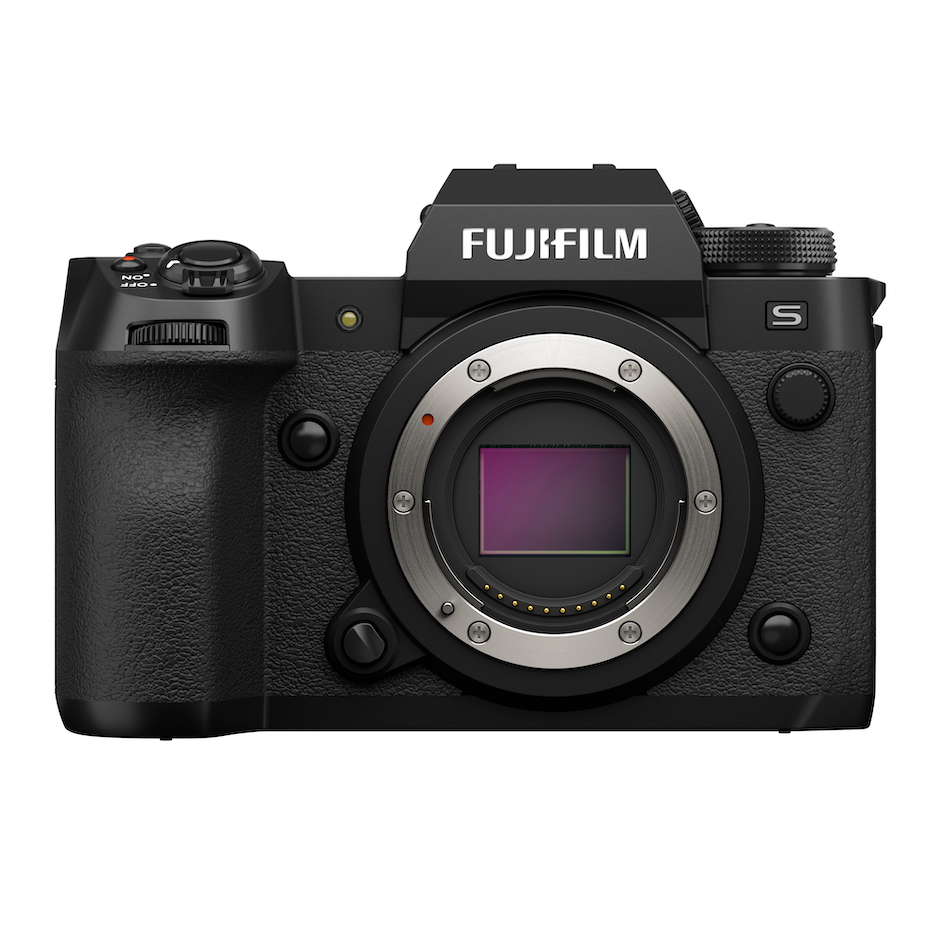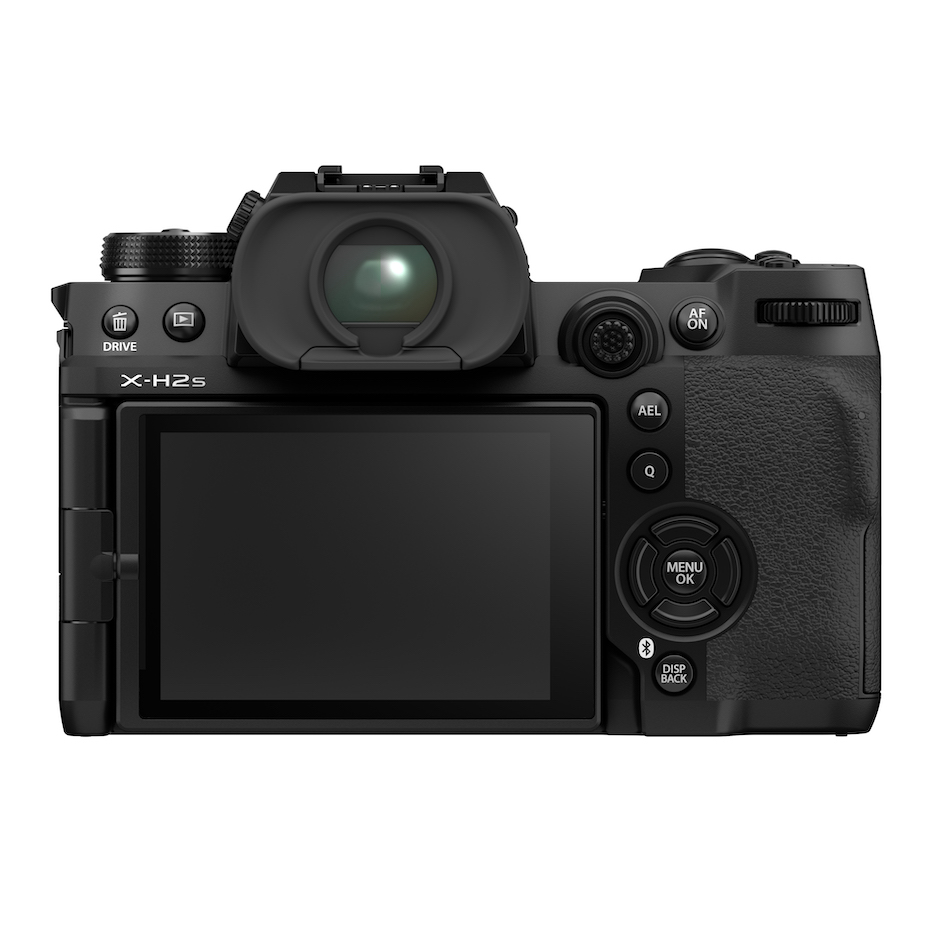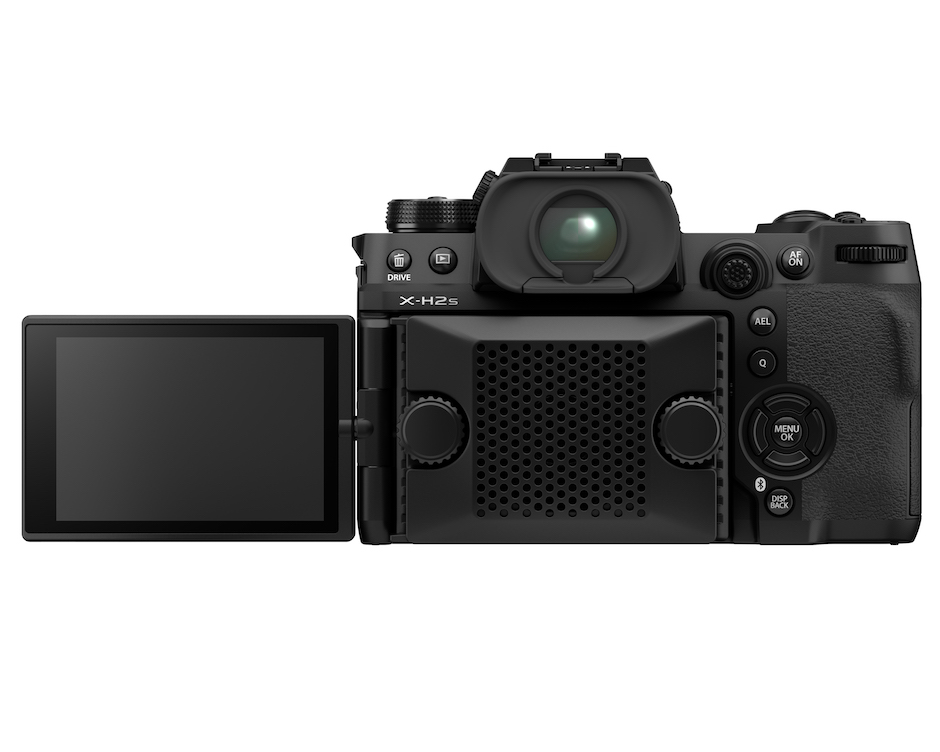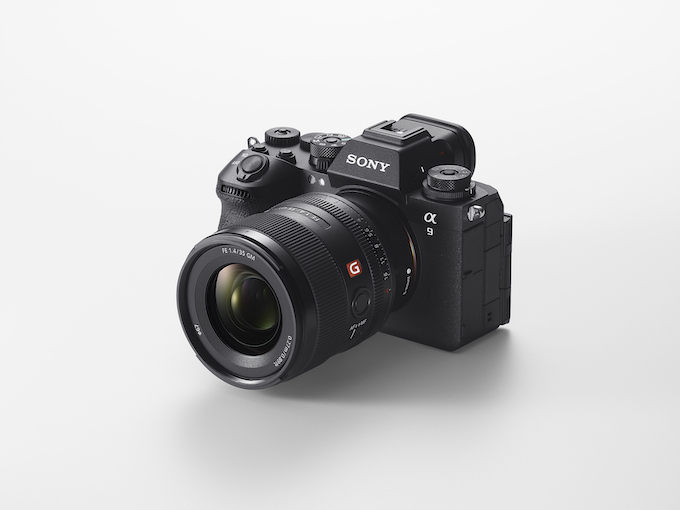Cameras
Newly announced, Fujifilm’s X-H2S has just moved into the top spot of the company’s APS-C mirrorless cameras. Built for speed with a strong nod towards videographers, this new high-end model picks up where the X-H1 and the X-T4 left off, taking it to the next level with a number of solid performance and video improvements and additions.

Built for speed, Fujifilm’s X-H2S has been designed around a 26.1-megapixel stacked BSI sensor with improved readout speed along with a new, high speed processor—the X-Processor 5. Thanks to the new processor and a new mechanical shutter mechanism, the X-H2S can capture up to 15 frames per second, while the electronic shutter zips along at up to 40fps, blackout free (and with AE and AF).

Not everyone needs to shoot at such high frame rates but the X-H2S’s stellar performance doesn’t begin and end with how many frames it can capture in a second. The camera’s swift performance carries over to the its autofocus and tracking capabilities as well—capabilities that are important for portrait and wedding photographers. With four times as many AF calculations dedicated to focusing and tracking as the previous processor, the X-H2S should manage AF quite well. And, subject tracking has been expanded beyond the basics so now you not only get face/eye detection but specific types of animals, planes, trains and automobiles (to name just a few) as well.
[Read: New: Canon’s R7 and R10 APS-C Mirrorless Cameras]
Handholding the camera is more efficient, too, even at slower shutters speeds. Thanks to a second, albeit less powerful, processor the camera delivers up to 7-stops of 5-axis in-body image stabilization (IBIS).
Updates and additions to the X-H2S’s video capabilities provide flexibility in capture as well as post-processing. Videographers will appreciate the inclusion of F-Log2—the first for an X-series camera—with promises of up to 14 stops of dynamic range. Perhaps more importantly, the X-H2S is capable of 4:2:2, 10-bit Apple ProRes HQ/ProRes 422/ProRes LT and ProRes 422 Proxy recording internally up to 6.2K/30P. Apple ProRes RAW and Blackmagic RAW—a must for some filmmakers—are supported when using an external recorder. And Fuji promises minimal rolling shutter thanks to the sensor’s 1/180th second readout speed.
[Read: Nikon Z 9 Review: Full-Frame Firepower]
Overheating is always a cause for concern when capturing video, especially when recording long, continuous takes but the X-H2S’s heat dissipating mechanism provides up to 240 minutes of 4K/60P continuous recording in ambient temperatures up to 77 degrees. When the thermometer starts rising above that (but doesn’t exceed 104 degrees), recording time drops to about 20 minutes. (We’re not sure what happens after 104 degrees but hopefully you won’t ever have to shoot under those conditions.) Add the optional, $199 cooling fan that attaches to the back of the camera and you’ll get about 50 minutes of continuous recording. A dual card slot supports CFexpress Type B and SD. The former is, of course, highly recommended to optimize performance and video capabilities.

Fujifilm has also made some physical improvements as well. Buttons are easier to find by feel, a headphone port has been added and the rear LCD is fully articulated (the latter two are, of course, especially important for videographers). The camera now supports USB-C and has a cable lock to ensure a solid connection when tethering.
In addition to the optional cooling fan ($199/July), Fujifilm announced a few other accessories for the X-2HS including the VG-XH Vertical Battery Grip ($399/July); an FT-XH File Transmitter for LAN and high speed wireless transfer, tethering and remote recording ($999/September).
[Read: Sigma’s Trio of Lenses for Fujifilm X Mount Cameras]
Fujifilm also teased a 40-megapixel sibling—the X-H2. No details were provided but our guess is that this will be the high resolution option to the built-for-speed X-H2S, giving photographers the ability to choose the version that best fits their shooting styles.
Fujifilm’s X-H2S is slated to ship in early July for an estimated price of $2,499. You may also want to check out the new 18-120mm f/4 power zoom ($899) and, if you’re in need of a lightweight super telephoto, the XF 150-600mm f/5.6-8 lens ($1,999) announced alongside the camera.
For more information, visit fujifilm.com





